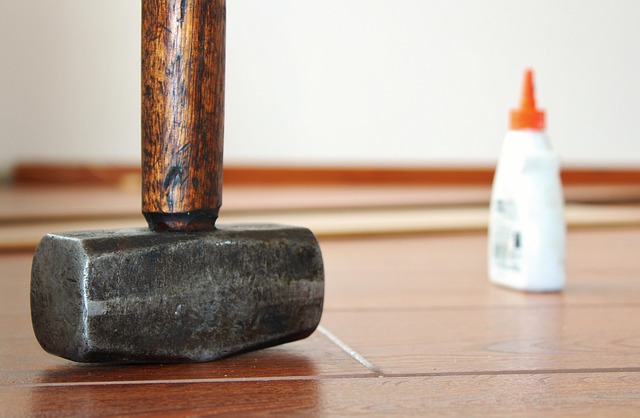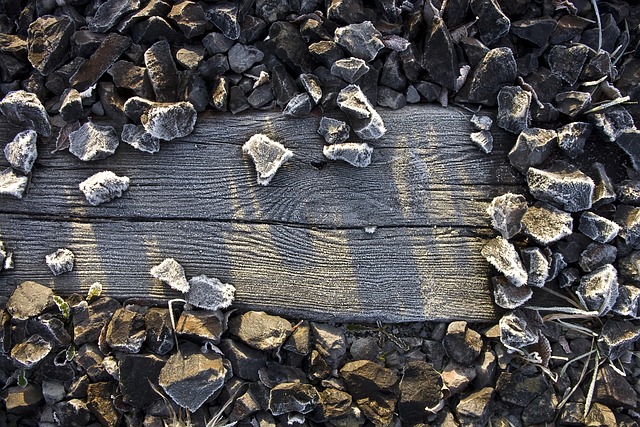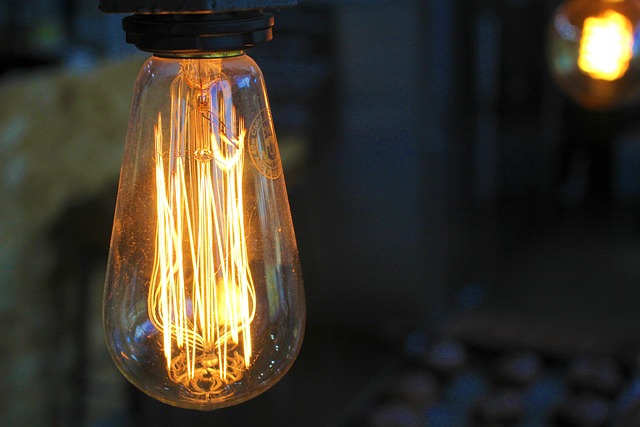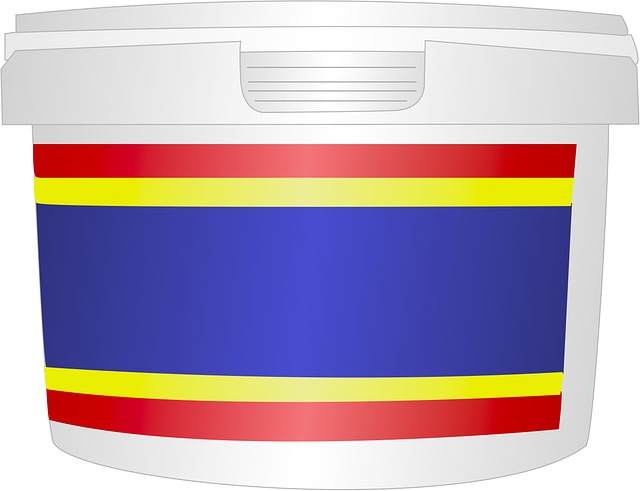Choosing the right glue for lamination is key to structural integrity in various applications. Types include cyanoacrylate and natural latex glues (for speed and flexibility), PVAs, formaldehyde-based glues, polyurethanes, and epoxies (for strength and weather resistance). Selection depends on bond strength, water resistance, material compatibility, and environmental conditions. Expert guidance is available at 18 Clifton St, Unadilla, NY 13849 and online at unalam.com for tailored gluing solutions.
Choosing the right glue for lamination is crucial for strong, durable wood joints. This comprehensive guide explores the various types of glue designed for laminated beams, helping you navigate the options effectively. We’ll delve into factors influencing your choice, common glues used in woodworking, and performance considerations for optimized results. By understanding these aspects, you can select the perfect adhesive for any lamination project, ensuring long-lasting and robust connections.
- Understanding Glue Types for Laminated Beams
- Factors Affecting Glue Choice in Lamination
- Common Glues Used for Laminating Wood
- Performance Considerations for Laminated Joins
- Choosing the Right Glue for Specific Applications
- Tips for Applying Glue Efficiently in Lamination
Understanding Glue Types for Laminated Beams

When choosing the right glue for lamination, understanding the various types available is key, especially when dealing with laminated beams. The most common categories include cyanoacrylate glues, known for their incredible bonding strength and rapid setting time—ideal for quick assembly of metal beams. On the other hand, natural latex glues offer advantages in terms of flexibility and resistance to temperature variations, making them a preferred choice for construction projects requiring durability under diverse conditions.
Comparing these options, cyanoacrylate glues excel in their ability to create strong bonds almost instantaneously, which is beneficial for time-sensitive projects. In contrast, natural latex glues provide a more sustainable and eco-friendly alternative without compromising structural integrity, with their benefits extending to ease of use and minimal odor. For your specific lamination needs, visiting us at 18 Clifton St, Unadilla, NY 13849 anytime can offer expert guidance tailored to your project requirements.
Factors Affecting Glue Choice in Lamination

When choosing the right glue for lamination, several factors come into play, each impacting the strength and longevity of the final product. Firstly, consider the types of glue available for lamination processes, such as polyvinyl acetates (PVAs) and formaldehyde-based glues. These glues differ in terms of bonding strength, water resistance, and setting time, influencing their suitability for specific applications. For instance, PVAs are known for their excellent bond with wood but may require additional treatment for better water resistance.
Secondly, the lamination process itself plays a significant role in glue selection. The method of applying the glue, pressure, and temperature during lamination all affect bonding quality. Additionally, understanding the glue laminated beam fabrication process is crucial. Comparing glue and mechanical connections in beams reveals that while glues provide strong bonds at room temperature, mechanical connections offer enhanced strength under heavy loads. Therefore, for structural integrity, a combination of both might be ideal. Lastly, implementing robust quality control measures for glued timber beams, such as rigorous testing and inspection, ensures the final product meets required standards, giving you confidence in its performance (give us a call at (607) 369-9341).
Common Glues Used for Laminating Wood

When it comes to laminating wood, choosing the right glue is paramount for achieving both structural integrity and longevity in your projects. Traditional options include synthetic resins like polyurethane and epoxy, known for their exceptional bonding strength and weather resistance, making them ideal for high-stress applications such as structural beams. These types of glues form a robust bond when cured, enhancing the overall durability of laminated wood elements.
For those seeking cost-effective glue options for wooden beams, there are various formulations designed to balance performance and affordability. However, it’s crucial to note that while cost-effectiveness is a factor, compromising on quality can impact the structural integrity of glued wood beams over time. To ensure optimal results, consider consulting experts or exploring products from reputable brands like us at unalam.com, where you’ll find glues tailored for specific lamination needs, ultimately contributing to the longevity of your glue-laminated structural elements.
Performance Considerations for Laminated Joins

When choosing the right glue for lamination, understanding performance considerations is paramount. The strength and durability of the join are primary concerns, especially for structural elements like laminated beams. Different glues offer varying levels of bond strength, water resistance, and chemical stability—crucial factors in determining the longevity of the laminated joint. For instance, in glue laminated beam systems for residential buildings or commercial applications of glue laminated timber, a strong adhesive with excellent bond retention is essential to withstand various environmental stresses.
Comparing glues for lamination of metal beams can be challenging due to the distinct material properties involved. While many standard glues are suitable for wood, specialized adhesives designed for metal offer superior bonding capabilities in harsher conditions. When selecting a glue, consider factors such as the specific type of timber or metal being laminated, expected exposure to moisture or chemicals, and required service temperatures. For more information on the right glue for your lamination project, visit unalam.com.
Choosing the Right Glue for Specific Applications

Choosing the right glue for lamination involves understanding specific application requirements. Different types of glues cater to varied materials and structural needs, especially in construction sectors like bridge engineering. For instance, glue laminated beam systems in bridge construction demand high-performance adhesives capable of reinforcing concrete beams, ensuring structural integrity, and withstanding extreme weather conditions.
When selecting a glue for wooden beams or exploring cost-effective glue options, it’s essential to consider factors such as bonding strength, water resistance, and the specific lamination technology suited to your project. Visit us at 18 Clifton St, Unadilla, NY 13849 anytime to discover an array of specialized glues tailored for various lamination applications, ensuring your structural projects achieve optimal reinforcement.
Tips for Applying Glue Efficiently in Lamination

When applying glue for lamination, efficiency is key to achieving strong and durable joints. Start by preparing the surfaces thoroughly; ensure they are clean, dry, and free from any debris or contaminants that could interfere with adhesion. The best practices for gluing steel I-beams involve using a suitable adhesive designed for structural applications, applying it evenly across both surfaces, and pressing them firmly together. Use a gentle but consistent pressure to promote good contact between the beams.
To ensure strength in glue laminated joints, consider the type of glue used. Epoxy resins are often recommended for their superior bonding capabilities and resistance to environmental factors. How does glue laminated beams work? The process involves applying an adhesive that forms a strong molecular bond when cured, creating a single unit from previously separate structural elements. For accurate results, follow the manufacturer’s instructions regarding curing time and conditions. If you’re looking for expert advice, visit us at 18 Clifton St, Unadilla, NY 13849 to learn more about best practices in gluing steel I-beams.
When selecting the perfect glue for lamination, considering the specific application and material properties is key. By understanding different glue types, their effects on laminated beams, and performance factors, you can make an informed choice. Whether it’s for structural integrity or aesthetic purposes, the right adhesive ensures robust bonds that withstand the test of time. Remember, the right glue for lamination directly contributes to the quality and durability of your final product, so choose wisely based on your unique requirements.














